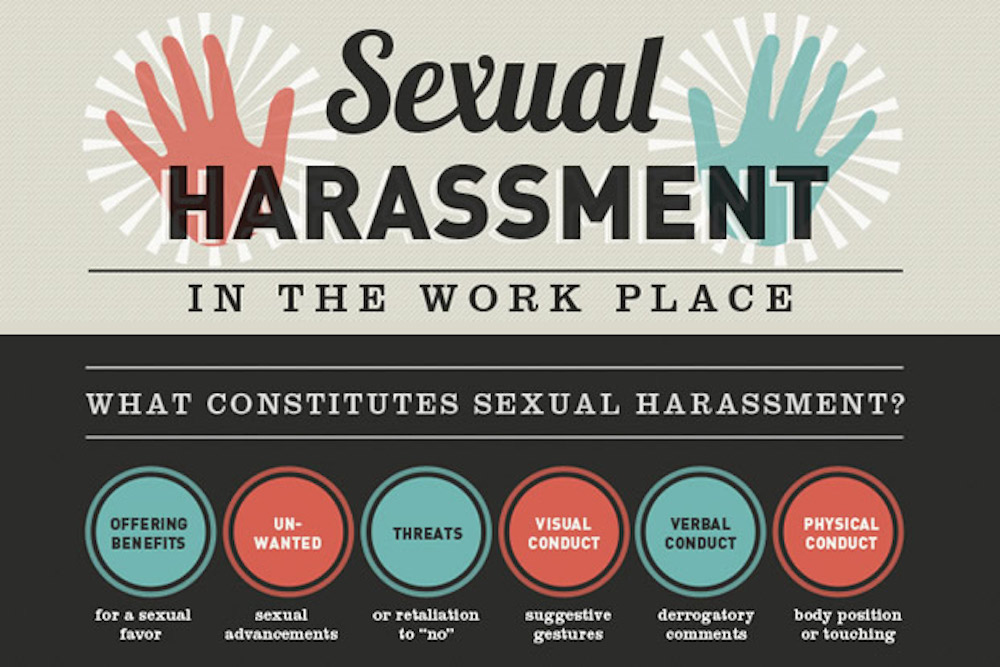Understanding Workplace Harassment: Rights, Policies, And Prevention

Workplace harassment is a pressing issue that impacts employee rights and organizational culture. The high-profile case of Harvey Weinstein has brought this topic to the forefront, highlighting the need for awareness and action. This guide aims to shed light on workplace harassment, its implications, and measures to prevent it, ensuring a safer environment for all employees.

Introduction to Sexual Harassment in Workplaces
Sexual harassment in workplaces refers to unwelcome sexual advances, requests for sexual favors, and other verbal or physical harassment of a sexual nature. This issue remains highly relevant in today’s society, as the Harvey Weinstein case illustrated how pervasive and damaging such behavior can be. With increased media attention, employees are becoming more aware of their rights, prompting the need for clearer policies and effective responses.
Understanding the Impact of Sexual Harassment
The effects of sexual harassment extend beyond the immediate incident. According to the Equal Employment Opportunity Commission (EEOC), nearly 1 in 3 women and 1 in 5 men have experienced workplace harassment. This can lead to long-term psychological distress, decreased productivity, and a toxic workplace culture. For example, employees who face harassment may experience anxiety, depression, and reduced job satisfaction, which ultimately affects their performance and the organization’s success.
Long-Term Effects on Employees
- Mental Health Issues: Victims often face anxiety and depression.
- Job Performance: Harassment can lead to decreased motivation and productivity.
- Workplace Culture: A culture that tolerates harassment can deter talent and increase turnover rates.
Legal Framework Surrounding Workplace Harassment
Understanding the legal framework is essential for protecting employee rights. In the United States, laws such as Title VII of the Civil Rights Act and the Equal Pay Act provide protections against harassment. These laws empower employees to report misconduct without fear of retaliation.

Key Laws and Regulations
- Title VII of the Civil Rights Act: Prohibits employment discrimination based on sex, race, color, national origin, and religion.
- Equal Pay Act: Addresses wage discrimination based on sex.
- State Laws: Many states have additional protections, enhancing employee rights.
Preventative Measures and Best Practices
Creating a safe workplace culture is essential for preventing harassment. Organizations can implement several best practices to foster a respectful environment.
Actionable Steps for Companies
- Create Clear Policies: Develop and communicate a zero-tolerance policy regarding harassment.
- Training Programs: Conduct regular training for all employees to educate them on recognizing and preventing harassment.
- Encourage Reporting: Establish accessible reporting mechanisms for victims to speak up without fear.
Support Systems for Victims
Providing support for victims of harassment is critical. Organizations should ensure that employees have access to resources that help them navigate challenging situations.
Resources and Hotlines
- Human Resources (HR): HR should be the first point of contact for employees reporting harassment.
- National Domestic Violence Hotline: Offers assistance and guidance for victims.
- EEOC: Provides information on filing complaints and understanding rights.
What Should You Do If You Experience Harassment at Work?
If you experience harassment, document the incidents, report them to HR, and seek support from trusted colleagues or external organizations.
Conclusion and Call to Action
Workplace harassment is a serious issue that affects employee rights and organizational culture. Understanding its implications and implementing effective policies can create a safer work environment for all. We encourage organizations to review their harassment policies and take proactive measures to prevent misconduct. Share this guide with your team to foster a culture of safety and respect.
For more resources, visit our pages on workplace harassment statistics, how to report harassment, and creating an effective harassment policy. Together, we can build a healthier workplace culture.